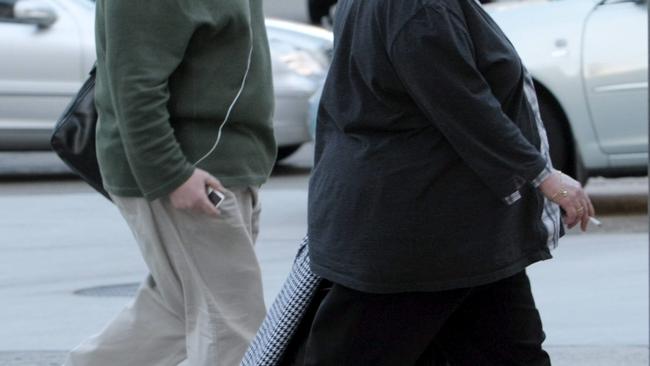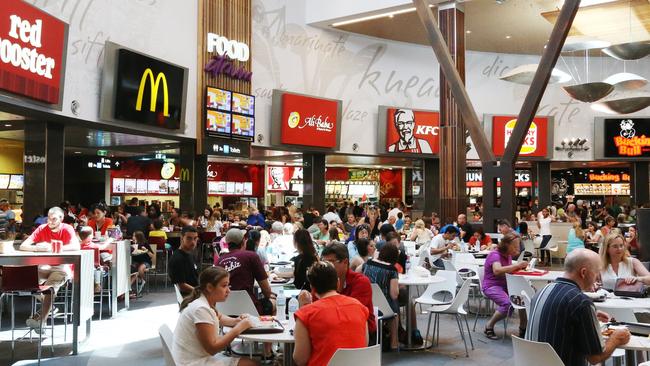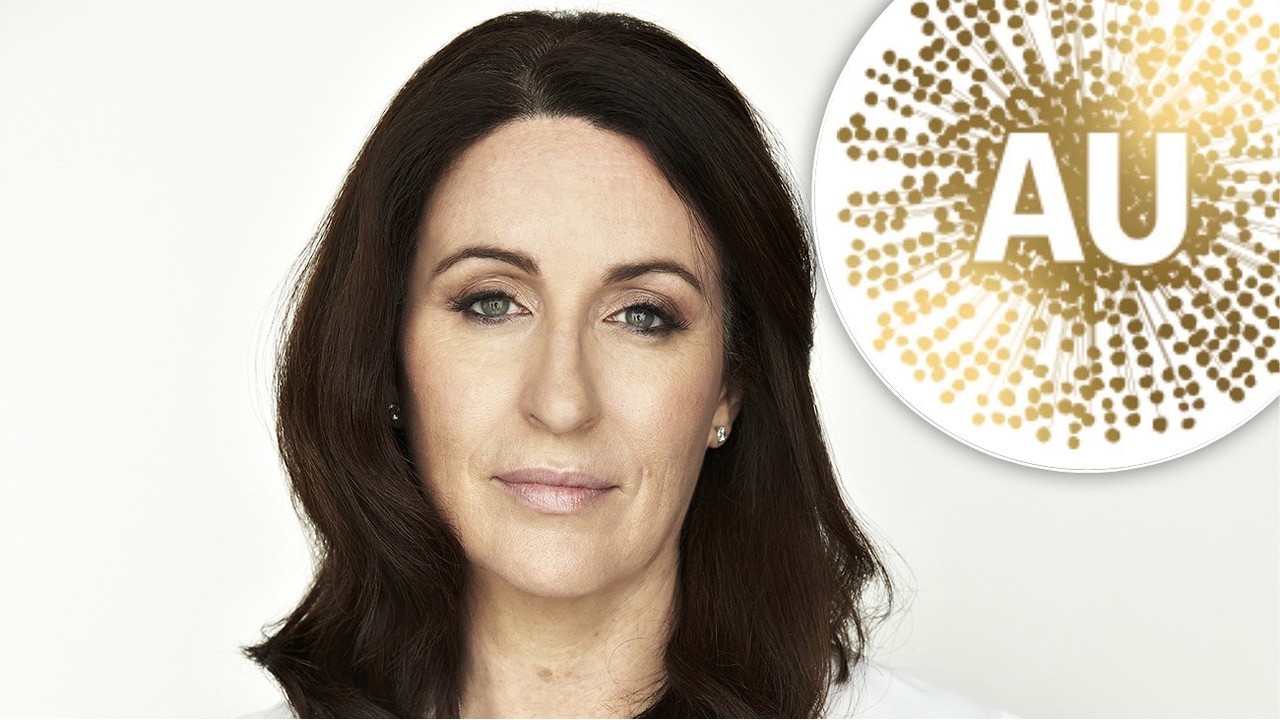What do voters want? Someone to care about their health
Voters want a healthy life. But with 300,000 of the one million people living in western Sydney estimated to have diabetes or be at high risk, it’s obvious voters don’t have what they want.

Rendezview
Don't miss out on the headlines from Rendezview. Followed categories will be added to My News.
Feeling a little irritated this week? Perhaps it has something to do with the incessant tapping of calculators.
The debate about budget black holes, unfunded election promises and tax benefits has turned this week’s campaign into a top-line battle of the accountants. The major political parties have been so busy arguing with each other over economic credibility that they have forgotten their real audience — the voters in marginal seats.
New South Wales has a bunch of three-percenters — electorates that will blow over to Labor with much less puff than a Barnaby Joyce press conference.
So what do people in seats like Barton and Banks and Lindsay and Robertson and Reid want? The same as everyone else, is the answer — a healthy life, good education for their children and financial security.
But in vast areas of Sydney’s west and the south west and the central coast — the true battlegrounds of the election — voters don’t have what they want. They are unhealthier and heavier on average than the rest of the population and the obesity epidemic in these areas is leading to a health care crisis with skyrocketing type 2 diabetes rates.
It has recently been revealed that 300,000 of the one million people living in western Sydney are conservatively estimated to have diabetes or be at high risk.

Take a walk through the shopping malls in outer Sydney and you’ll see the problem very clearly. More than half the population in these areas is overweight. It’s a multi-generational problem exacerbated by an abundance of cheap fast food outlets and a shortage of preventative education.
How do you really help people here? A long term approach to education and prevention is needed if the next generation has any chance.
The head of the Western Sydney Local Health District, Danny O’Connor, has warned that if we continue to consume too many calories and convert to diabetes we will have to build factories to cut off people’s toes, feet and limbs and help them when they go blind. It was an alarming statement but not a crazy one.
While news cycles this week have been disrupted by Johnny Depp’s dogs then marriage breakdown and his nemesis Barnaby Joyce’s views on exports and immigration, a significant health story went barely noticed.
An international coalition of 45 experts, including Australians, declared that surgery should be the standard go-to treatment for people with type 2 diabetes. It’s a radical departure from the conventional approach to tackling the disease, but this is where we’re at in 2016. Chop away the problem — because it’s too late to fix. It’s only going to get worse.

At Life Education NSW, we believe the country needs a life insurance policy for its health system. That insurance policy is preventative education in formative years in primary school. For every one dollar spent on prevention programs like Life Education, there’s an expected saving of $10 to the health system down the track.
Unfortunately the pockets of Sydney and regional NSW that need us most can’t afford to bring in external services — even vital ones. Lower socio-economic areas need financial help at the roots of the problem — this is where governments will make the biggest difference.
In the next few week as the election dates moves closer, expect to see the sweeteners start dropping — the real heart and soul offerings that are saved for the end of a campaign. But as voters we need to applaud long term planning in health. We need to support the education of our children.
Let’s not remain addicted to the sugar high of instant gratification.
Kellie Sloane is CEO of Life Education NSW.


